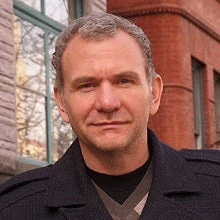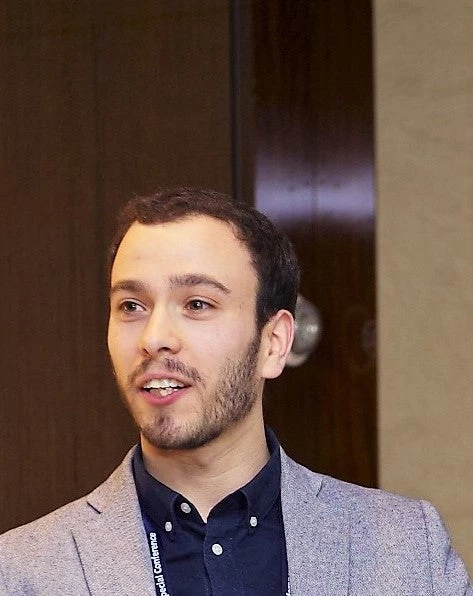The poverty lines traditionally used by the World Bank are absolute poverty lines. An example of this is the international poverty line of $1.90 (2011 PPPs), soon to be updated to $2.15 with the 2017 PPPs. An absolute poverty line is fixed (in constant dollars), allowing one to measure poverty against the same benchmark over time and across countries. At the same time, when one compares national poverty lines across the world, they typically increase in real value as their economies get richer. Essentially, this is because in a richer country it is costlier to participate in society (i.e., be considered non-poor). Relative measures of poverty are proportional to the average standard of living capturing this regularity. Examples of relative poverty measures are SDG 10.2.1, which tracks the proportion of the population below 50% of median income, or the European Union’s at risk of poverty measure of 60% of median income.
At the recommendation of the Atkinson Commission, the World Bank introduced in 2018 a Societal Poverty Line (SPL) as a complement to its existing absolute poverty lines. This line is a hybrid line that incorporates elements of both absolute and relative definitions of poverty. Based on the work by Jolliffe and Prdyz (2021) and using the 2011 PPPs, the SPL was defined as max ($1.90, $1.00 + 0.5*Median). For example, for a country with median consumption of $3.00 per person per day, the SPL would be set at $2.50 (=$1+0.5*3.00). There is a floor at the international poverty line, such that a country’s SPL cannot fall below $1.90. The SPL has three parameters: a floor at the International Poverty Line of $1.90, an intercept of $1.00, and a slope parameter of 0.5. As explained in Jolliffe and Prdyz (2021), the definition of the SPL closely follows the observed relationship between national poverty lines and median consumption or income. Unlike the International Poverty Line which is fixed for all countries in PPP terms, the Societal Poverty Line by construction varies over time and across countries as median consumption changes.
Just like the update to the international poverty line, the SPL also needs to be updated with the 2017 PPPs. The Societal Poverty Line is revised to max ($2.15, $1.15 + 0.5*Median). The international poverty line, which has been revised from $1.90 to $2.15, continues to be the floor. The other two parameters have been derived following the same methodology as Jolliffe and Prdyz (2021) but with new PPPs and survey data. The intercept term changes from $1.00 to $1.15, while the slope parameter of 0.5 remains unchanged. The median is obviously also defined in 2017 PPPs now. For the technical details, see Jolliffe ⓡ al. (2022).
The adoption of the 2017 PPPs has a small impact on the societal poverty rate observed around the world (Figure 1, Jolliffe ⓡ al. (2022) include more details). With the 2017 PPPs, societal poverty slightly increases globally and in all regions, except Sub-Saharan Africa and the Middle East and North Africa. About 18 million more people would be living in societal poverty in the world in 2017. This is a similar order of magnitude compared to the changes at the international poverty line.
Figure 1: Global and regional changes in societal poverty over time with the 2017 PPPs
In conclusion, the 2017 PPPs do not change the general perception of societal poverty in the world. For example, it still remains a fact that the world has made slow progress against societal poverty over the last three decades when compared with extreme poverty (Figure 2). In 2017, about a tenth of the world’s population were living in extreme poverty and about a quarter of the world’s population were living in societal poverty. More socially inclusive policies are therefore needed to reduce societal poverty in the world. The Poverty and Shared Prosperity report 2022, to be launched in October 2022, will analyze these trends in further detail and provide results updated to 2019.
Figure 2: Trends in societal and extreme poverty (different scales) - 2017 PPPs
The authors gratefully acknowledge financial support from the UK Government through the Data and Evidence for Tackling Extreme Poverty (DEEP) Research Program.





Join the Conversation